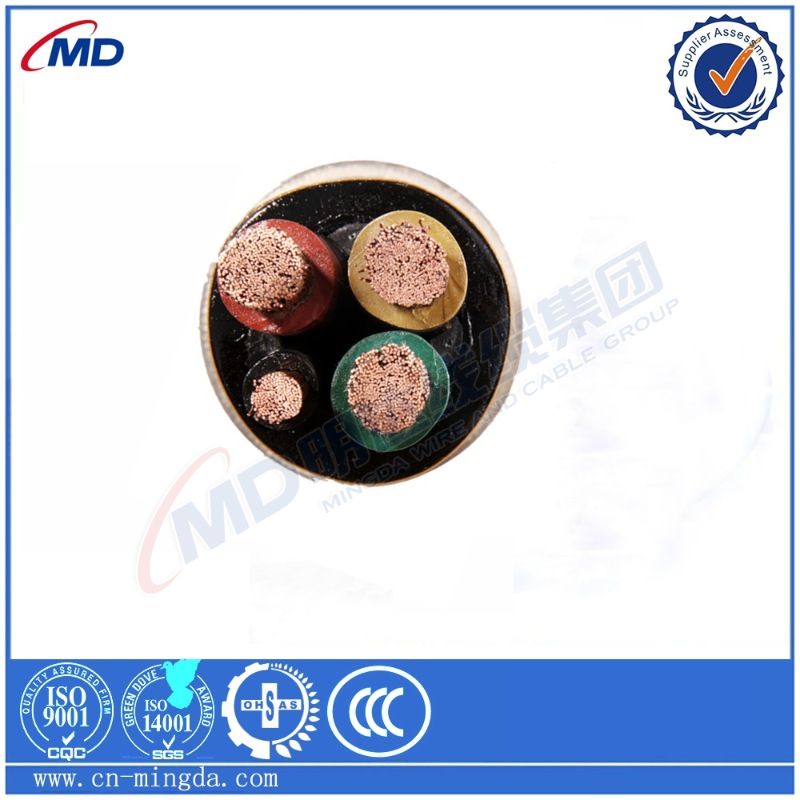Nov . 07, 2024 05:44 Back to list
single plate check valve
Understanding Single Plate Check Valves
Check valves play a crucial role in various fluid systems, acting as a one-way gate that allows fluid to flow in one direction while preventing backflow. Among the different types of check valves available, the single plate check valve is particularly noteworthy for its design and functionality.
What is a Single Plate Check Valve?
A single plate check valve, as the name suggests, consists of a single disc or plate that opens and closes based on the pressure differential across it. This valve is typically installed in pipelines to ensure that fluid flows in the intended direction. The design is relatively simplistic, making it an efficient choice for numerous applications.
Structure and Functionality
The primary component of a single plate check valve is its hinged disc. When fluid flows in the correct direction, the disc is pushed open, allowing the fluid to pass through. Conversely, if there’s a reverse flow, the disc quickly closes off the passage, preventing backflow. This action is often aided by the spring mechanism that keeps the disc pressed against the seat when no flow is occurring.
The compact design of the single plate check valve allows for a lighter and more space-efficient solution compared to traditional swing check valves, which have more moving parts and require more space to operate effectively.
Advantages of Single Plate Check Valves
1. Space Efficiency One of the most significant benefits of single plate check valves is their compact design. This makes them suitable for installations where space is limited.
single plate check valve

2. Reduced Weight Due to fewer components compared to other types of check valves, single plate check valves are lighter, making them easier to handle and install.
3. Quick Response The mechanism allows for rapid opening and closing, thus minimizing the risk of water hammer—a pressure surge caused by the sudden stop of fluid flow.
4. Low Maintenance With fewer moving parts, single plate check valves generally require less maintenance and are less prone to failure.
5. Versatility They are applicable in various industries, including water treatment, oil and gas, and HVAC, making them a versatile choice for engineers and contractors alike.
Applications
Single plate check valves are widely used in pipelines to control the direction of fluid flow. They are commonly found in water supply systems, sewage treatment plants, and in various industrial applications where preventing backflow is critical. Additionally, they are used in both horizontal and vertical installations, which enhances their adaptability in different systems.
Conclusion
Single plate check valves serve a vital function in fluid management systems, offering a reliable and efficient solution to prevent backflow. With their compact design, lightweight structure, and low maintenance requirements, they stand out as a preferable option compared to more complex valve systems. As industries continue to seek cost-effective and durable solutions for fluid control, the popularity of single plate check valves is likely to grow, proving their significance in modern engineering and pipeline management.
Share
-
Reliable Wafer Type Butterfly Valves for Every IndustryNewsJul.25,2025
-
Reliable Flow Control Begins with the Right Ball Check ValveNewsJul.25,2025
-
Precision Flow Control Starts with Quality ValvesNewsJul.25,2025
-
Industrial Flow Control ReliabilityNewsJul.25,2025
-
Engineered for Efficiency Gate Valves That Power Industrial PerformanceNewsJul.25,2025
-
Empowering Infrastructure Through Quality ManufacturingNewsJul.25,2025